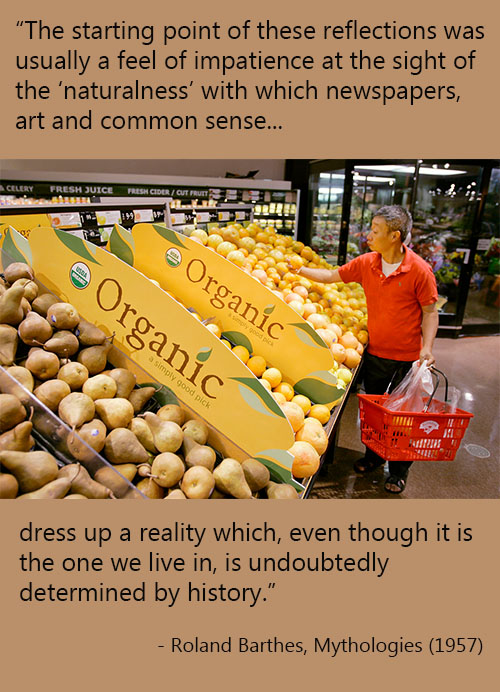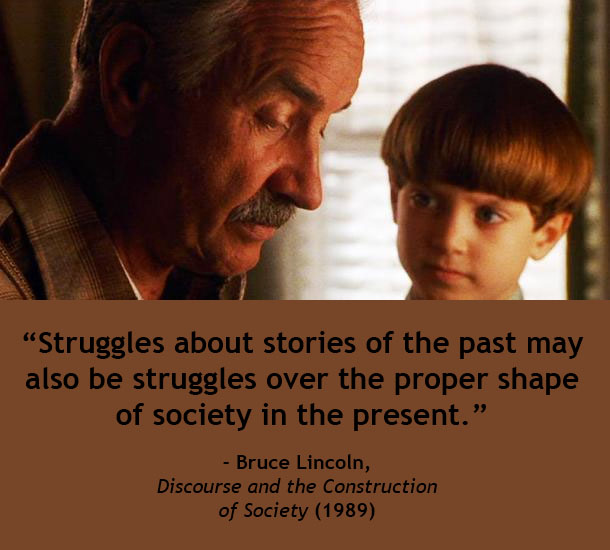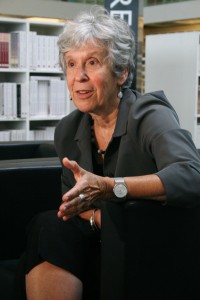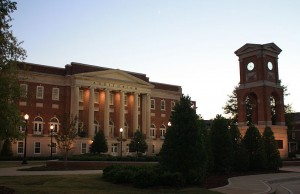 Read more.
Read more.

A Peer Reviewed Blog
 Read more.
Read more.
 Read more.
Read more.
 The degree to which we, today, draw upon events in the archive that we know as “the past” and then use them for contemporary purposes is evident whenever you look at an old picture — particularly a photo of a person or situation that, long after the pic was snapped, came to signify something that we now hold dear (whether as representative of something valuable or maybe even dangerous). I think of this each time I see those slick sites that allow you to smoothly scroll between an image from the past and then how it looks in the present, with people in either period or modern dress appearing and disappearing against a seemingly stable backdrop. So too with the curious juxtaposition of an old photograph held up to match a current background. Just what do we do with the gap that we in the present can see between before and after, then and now — or do we even “see” such a gap? Do we instead see the past seamlessly leading to the present, or perhaps the past not just informing but even haunting the present? For behind statements of difference, such as “It looked like that then but it looks like this now,” there is a presumed sameness: the eternal “it” that just changes shape.
The degree to which we, today, draw upon events in the archive that we know as “the past” and then use them for contemporary purposes is evident whenever you look at an old picture — particularly a photo of a person or situation that, long after the pic was snapped, came to signify something that we now hold dear (whether as representative of something valuable or maybe even dangerous). I think of this each time I see those slick sites that allow you to smoothly scroll between an image from the past and then how it looks in the present, with people in either period or modern dress appearing and disappearing against a seemingly stable backdrop. So too with the curious juxtaposition of an old photograph held up to match a current background. Just what do we do with the gap that we in the present can see between before and after, then and now — or do we even “see” such a gap? Do we instead see the past seamlessly leading to the present, or perhaps the past not just informing but even haunting the present? For behind statements of difference, such as “It looked like that then but it looks like this now,” there is a presumed sameness: the eternal “it” that just changes shape.
For instance, what do you make of Adolf Hitler’s baby picture, above? Is it even possible to view it as just another baby or is there an evil lurking there…? Continue reading “From the Archives”
 Which way of picturing the past gets to count as anachronistic and which doesn’t?
Which way of picturing the past gets to count as anachronistic and which doesn’t?
For if we take the situated nature of human beings seriously — I mean really seriously, which necessitates that we include ourselves in the mix– then all talk of the past is anachronistic, right? Continue reading “What’s Past is Past”
 Joan Wallach Scott, the well known historian, wrote a provocative and lengthy essay on the manner in which social historians and many area specialists have mistakenly drawn upon experience as if it was the evidence/starting point for their work (that is, material culture is seen an expression of a prior experience) rather than problematizing how public claims of having had an experience are themselves social and historical products. The essay was published in Critical Inquiry 17/4 (1991): 773-797 and is posted online as a PDF. Those wishing to rethink identity studies will benefit from this essay.
Joan Wallach Scott, the well known historian, wrote a provocative and lengthy essay on the manner in which social historians and many area specialists have mistakenly drawn upon experience as if it was the evidence/starting point for their work (that is, material culture is seen an expression of a prior experience) rather than problematizing how public claims of having had an experience are themselves social and historical products. The essay was published in Critical Inquiry 17/4 (1991): 773-797 and is posted online as a PDF. Those wishing to rethink identity studies will benefit from this essay.
Learn more about Scott’s recent book on the politics of the issue of Muslim women and veils here.

Yesterday was Father’s Day in the United States, a manufactured holiday (like any other) that promotes socially-sanctioned sentiments through the mass production of “World’s Greatest Dad” cards and mugs. The day before US Father’s Day, multiple attacks in the Pakistani province of Balochistan included a form of symbolic patricide, as a group fired rockets to destroy a residence where M. A. Jinnah, regarded as the father of Pakistan, had lived in Ziarat, also killing the police officer guarding the site. The other attacks in Balochistan that day reportedly killed dozens, including bombings at a women’s university and a hospital, both in Quetta (a few hours away from Ziarat). While Lashkar-e-Jhangvi, which some people link with al Qaida, claimed responsibility for the hospital and university attacks, the Balochistan Liberation Army (BLA), identified as a separatist group trying to gain the independence of Balochistan from Pakistan, claimed the attack on Jinnah’s residence. Continue reading “Patricide and the Nation”

Okay, full disclosure: I had every intention of posting this short note two days ago on June 11 to make sure it went online on the same day as the anniversary it describes. But, maybe it’s fitting that the scheduling was a little off-kilter… Because what’s in a day, anyhow? Continue reading “Remember the Ala-what-now?”
 So writes Jonathan Z. Smith in his article, “Religion, Religions, Religious,” in Mark Taylor’s well-known edited book, Critical Terms for Religious Studies (1998). Because most scholars presume (mistakenly, I think) religion to exist prior to, and outside of, their studies of it, few understand their definitions to be stipulative–specifying the limits of the object in advance, e.g., “For the purposes of this study, religion is defined as…” Instead, definitions are most often assumed merely to describe, after careful observation, the limits of an already established item in the world that we, as scholars, have somehow just stumbled upon. Continue reading “The Yoga of Definition”
So writes Jonathan Z. Smith in his article, “Religion, Religions, Religious,” in Mark Taylor’s well-known edited book, Critical Terms for Religious Studies (1998). Because most scholars presume (mistakenly, I think) religion to exist prior to, and outside of, their studies of it, few understand their definitions to be stipulative–specifying the limits of the object in advance, e.g., “For the purposes of this study, religion is defined as…” Instead, definitions are most often assumed merely to describe, after careful observation, the limits of an already established item in the world that we, as scholars, have somehow just stumbled upon. Continue reading “The Yoga of Definition”